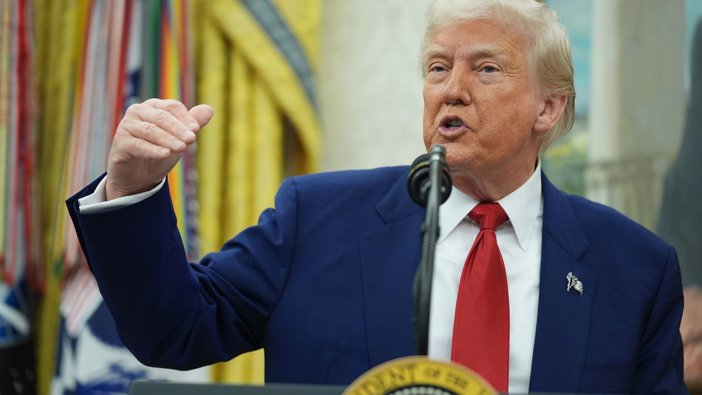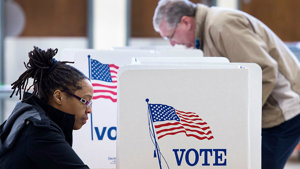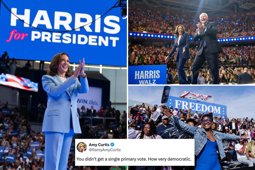
Trump Seeks Supreme Court Approval for Job Cuts
Trump administration asks Supreme Court to lift block on major federal workforce reductions across 21 agencies.
Administration Argues Executive Authority at Risk
The Trump administration filed an emergency appeal Monday urging the U.S. Supreme Court to overturn a lower court’s injunction that has halted large-scale reductions in the federal workforce. The legal filing marks the 18th such emergency appeal submitted to the high court by Trump administration lawyers since January.
At the heart of the dispute is a district court ruling that barred the administration from proceeding with its plans to downsize personnel across 21 federal agencies. The ruling also blocked related actions, including placing employees on leave and finalizing previously initiated job terminations under the administration’s Reduction in Force (RIF) program.
Solicitor General D. John Sauer argued that the lower court's injunction inflicts “ongoing and severe harm” on the executive branch. He asserted that the decision rests on a “flawed” and “indefensible” assumption—that the president requires Congressional authorization to make internal personnel decisions like RIFs.
“The injunction has brought to a halt numerous in-progress RIFs at more than a dozen federal agencies,” Sauer wrote. “It sows confusion about permissible actions and compels the government to retain—at taxpayer expense—thousands of employees whose continued service is deemed contrary to the public interest.”
Last Friday, a split panel of the U.S. 9th Circuit Court of Appeals declined to stay the lower court’s order. The appellate judges described the administration’s actions as “unprecedented,” and found that the executive order at issue “far exceeds the president's supervisory powers under the Constitution.”
Clash Between Executive and Judicial Powers
The Supreme Court appeal escalates a broader legal conflict between the Trump administration and the federal judiciary over the limits of executive authority. The administration has faced repeated judicial scrutiny over its executive orders and governance reforms since President Trump began his second term in office.
The latest legal clash follows the recent resignation of Elon Musk, who had served as the head of the Department of Government Efficiency (DOGE), the office spearheading many of the workforce cuts. Musk's departure, effective Friday, marked a symbolic shift, though the department is expected to continue operations without interruption.
“This is not the end of DOGE,” Musk reportedly stated upon his departure. “It’s the beginning.”
For now, the fate of the federal downsizing effort hinges on how the Supreme Court interprets the constitutional boundaries of executive authority. A ruling in favor of the administration could restore its ability to reshape the federal workforce at scale. Conversely, a decision upholding the lower court’s block would reinforce judicial checks on unilateral executive restructuring efforts.






